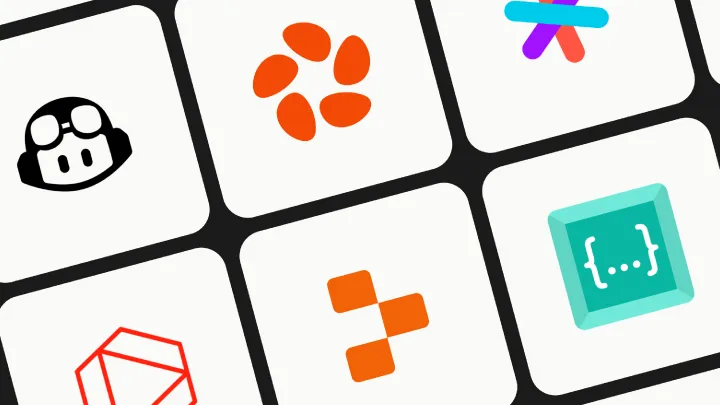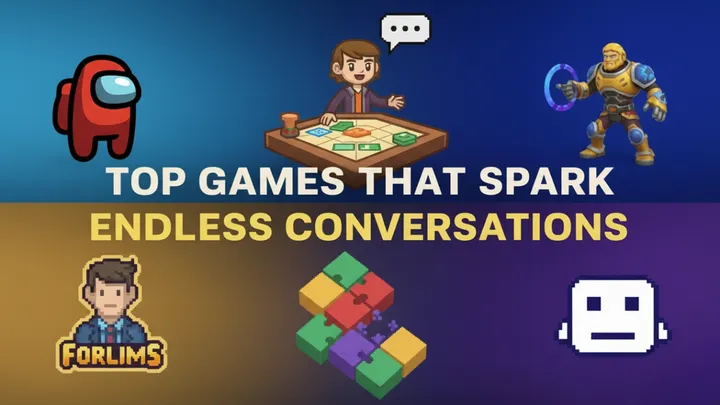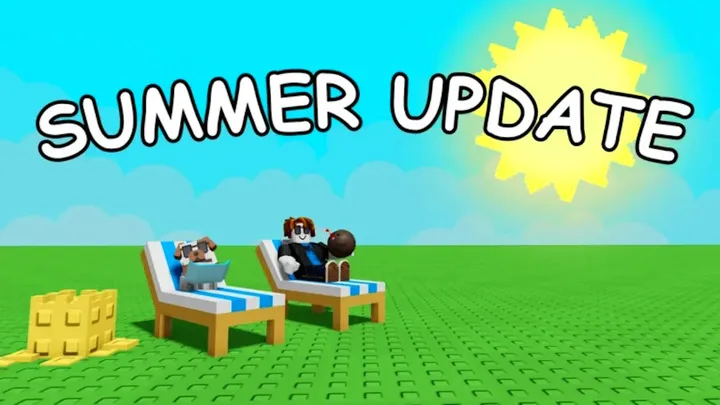Geometry Dash is a seemingly simple rhythm-based platformer that has captivated millions of players with its minimalist art style and brutally difficult levels. While the core concept—a single-button control to navigate a series of obstacles—is straightforward, mastering the game requires an expert understanding of timing, a sharp eye, and an almost intuitive sense of rhythm. This guide will walk you through the fundamental mechanics and advanced strategies that transform a casual player into a true master of the game.
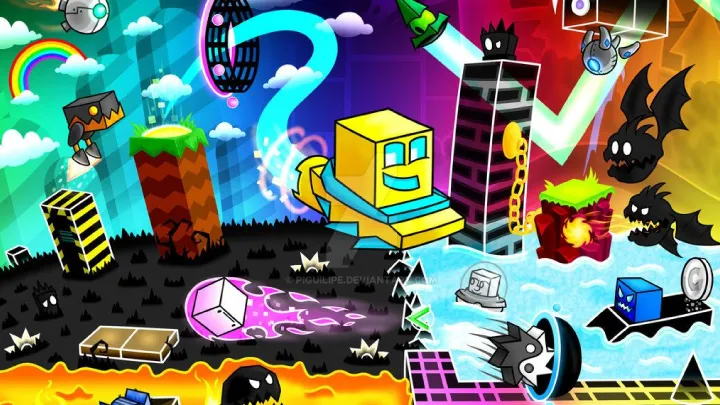
Part 1: The Fundamentals of Movement
At its core, Geometry Dash is about reacting to an ever-changing environment. Your on-screen icon automatically moves forward, and your only job is to control its vertical movement. The primary control is a single click or tap. How that click affects your icon's movement depends on the game mode you are in.
1. The Cube:
This is the most basic game mode. A single click makes the cube jump. The key here is not just the jump itself, but the timing. To clear a gap, you need to click at just the right moment. The cube has a fixed jump height, so learning to time your jumps to land precisely on platforms or over spikes is the first skill you must develop.
2. The Ship:
In this mode, holding down the click makes your icon fly upward, and releasing it makes it descend. The ship is all about sustained movement and precision. A light tap will result in a small vertical movement, while holding down the click will send you soaring. Mastering the ship requires a steady hand and a deep understanding of gravity and momentum.
3. The Ball:
The ball operates on a gravity-switching mechanic. A single click flips the ball's gravity, causing it to drop from the ceiling to the floor or vice versa. The ball mode is all about quick, rhythmic clicks to navigate a series of gravity portals. Unlike the cube or ship, the ball has no mid-air control; you must commit to your click.
4. Other Game Modes:
As you progress, you will encounter more game modes like the UFO, Wave, Robot, and Spider. Each has a unique control scheme:
- UFO: Click to jump in mid-air.
- Wave: Hold to move diagonally up, release to move diagonally down.
- Robot: Click to jump, hold for a higher jump.
- Spider: Click to instantly teleport to the nearest floor or ceiling.
To truly master the game, you must learn the muscle memory for each of these modes. Practice each one individually in the Level Editor or in "practice mode" to get a feel for their unique controls.
Part 2: The Art of Timing and Synchronization
Geometry Dash is not just a platformer; it's a rhythm game. Every jump, every gravity flip, and every speed change is meticulously synchronized to the music. Top players don't just react to what's on the screen; they listen to the beat.
- Rhythm is King: The music is your guide. The jumps often correspond to drum beats, melodies, or bass drops. A good way to learn a level is to close your eyes and listen to the song. Tap your finger to the rhythm where you think you'd need to jump. You'll often find that the level's obstacles are perfectly aligned with that rhythm.
- Practice Mode is Your Best Friend: The best way to learn a difficult section is to use Practice Mode. This mode allows you to set checkpoints. If you fail, you can instantly respawn at your last checkpoint. This allows you to break down a difficult level into smaller, more manageable sections. Use this tool to get the timing down for each obstacle.
- Study Top Players: Watching expert players on YouTube or Twitch is one of the fastest ways to learn new techniques. Pay close attention to their clicks and where they are looking on the screen. Notice how they use specific clicks or hold timings to get through seemingly impossible sections.
Part 3: Advanced Techniques and Level Anatomy
Once you have the fundamentals down, it's time to dive into the more advanced aspects of the game.
1. Speed and Size Portals:
Levels are not uniform. They contain portals that can change your icon's speed, size, or even reverse gravity. These are critical to understanding a level. A speed portal can turn a simple jump into a long one, and a size portal can make a previously clear passage into a tight squeeze. Always be on the lookout for these portals.
- Slow-mo: In slow-motion sections, your timing needs to be much more precise. You have more time to react, but the slightest mistake can throw off a sequence of jumps.
- Double-speed: In fast sections, your movements need to be almost instant. This is where muscle memory and memorization come into play.
2. Memorization and Sight-Reading:
For many hard levels, especially "Demon" levels, it's impossible to simply sight-read (react to what you see). You have to memorize certain sections. This is a common strategy for levels with a lot of "choke points"—difficult parts that are almost impossible to get through without prior knowledge.
On the other hand, for some user-created levels, sight-reading is a crucial skill. This involves quickly analyzing a sequence of obstacles and reacting in real-time, often using the rhythm of the music as your only guide.
3. The Jump Pad and Jump Ring:
These are colored pads and rings that give your icon an extra boost.
- Yellow Jump Pad: Gives a standard jump.
- Red Jump Pad: Gives a high jump.
- Pink Jump Pad: Gives a medium jump.
- Yellow Jump Ring: A jump pad you can click on to jump.
- Blue Jump Ring: A jump pad you can click on to flip gravity.
Learning to spot these and understand their effects is crucial for a successful run.
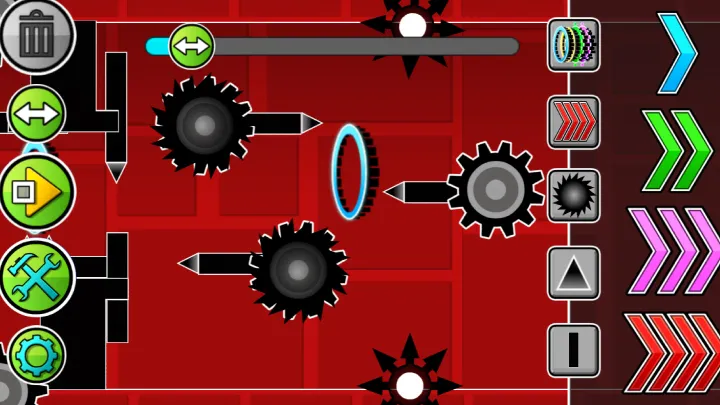
Part 4: The Path to Becoming a "Demon" Slayer
The ultimate challenge in Geometry Dash is completing a "Demon" level. These are community-rated levels that are considered extremely difficult. To tackle them, you need to combine all your skills.
- Find Your Strengths: Are you good at ship sections? Or do you excel at wave challenges? Play levels that focus on your strong suits to build confidence.
- The "Run" Strategy: To complete a difficult level, you need to "run" it from start to finish. This is where Practice Mode comes in again. Practice the level in sections until you can consistently complete them. Then, try to string them together.
- Don't Give Up: Geometry Dash is a game of patience and perseverance. You will fail hundreds, even thousands, of times on a single level. The key is to learn from each failure. A failed run is not a waste of time; it's an opportunity to learn the level and improve your muscle memory.
In conclusion, Geometry Dash is more than just a game of reflexes. It's a test of timing, rhythm, and mental fortitude. By breaking down the game's mechanics, utilizing its tools, and learning from your failures, you can master even the most difficult levels and truly become a Geometry Dash expert. Now that you have the knowledge, are you ready to take on your first challenge?










